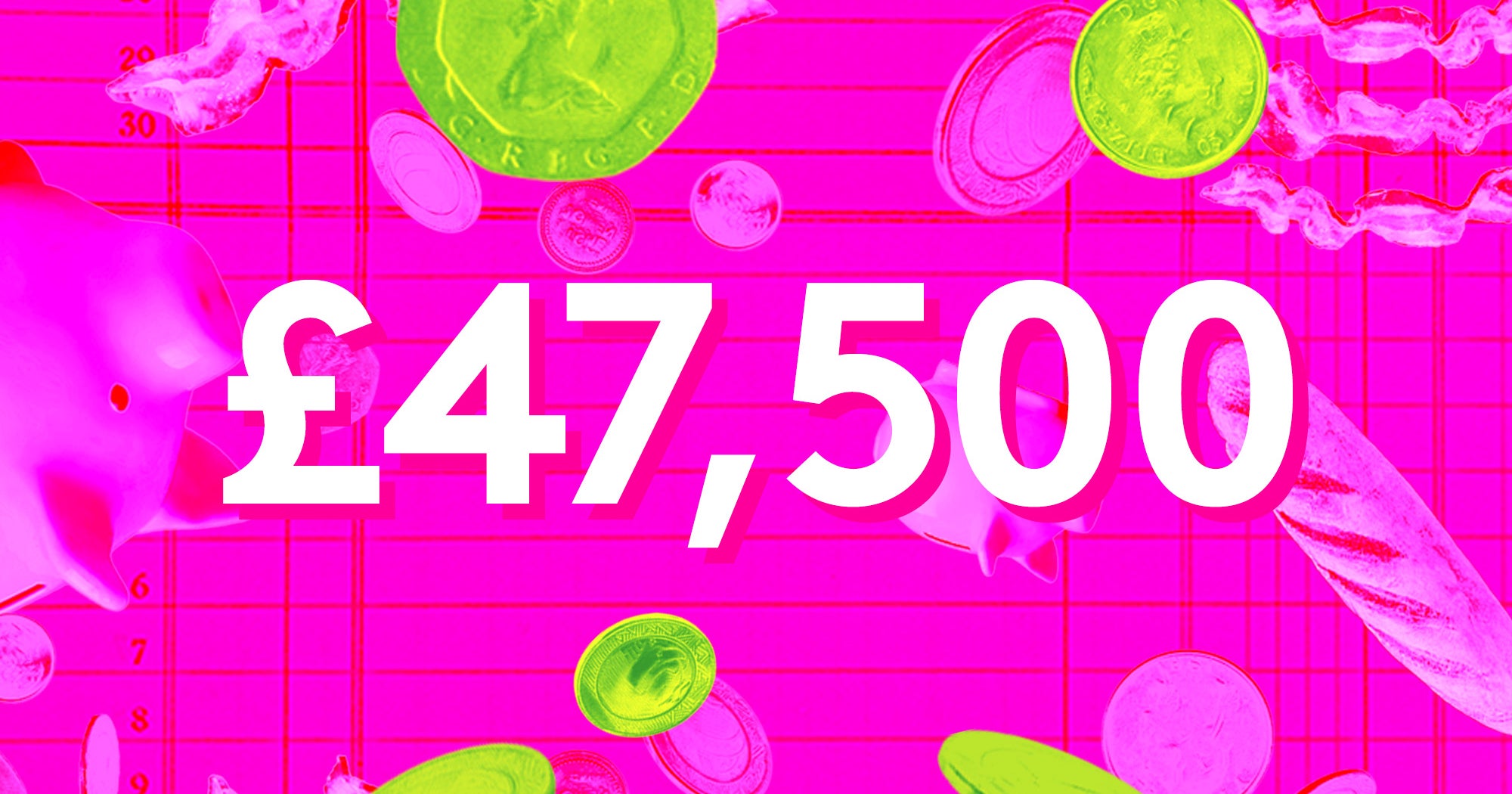There’s a buzzy, classy vibe coursing through Wayfare Tavern for a Wednesday at 3 p.m., mid-century American jazz breezing along the spread wings of a taxidermied Canada goose. Fat racks of lamb, hints of lemon rising above the tomato and chickpea, and other dishes fly out of the kitchen, just like its previous location on Sacramento Street.
There’s one key difference: This new Wayfare Tavern is sectioned into bookable fourths, composed of multi-use rooms and bars.
Florence and many more chefs are booking out private dining rooms (PDRs) throughout the city. It’s because San Francisco’s energy is better than it has been in years. Downtown is busier than in recent years, with Moscone Center events in the first quarter up 12.2 percent compared to the same period last year, per the city’s statistics. That’s a 52.5 percent increase in attendees from the previous year and an estimated $174 million brought into the city. A big wave of artificial intelligence money is painting the city green, too: The San Francisco Chronicle reported that home-grown OpenAI is taking on Apple designer Jony Ive’s startup Io to the tune of $6.5 billion.
These triumphant vibes — and dollars — are changing the way San Francisco eats. Numerous chefs say PDRs are increasingly the biggest deal for the bottom lines of San Francisco’s fanciest restaurants, like nets stuck out a ship’s window catching all the fish flopping around.
Acquerello co-owner Giancarlo Paterlini appreciates the boom. He runs the two-Michelin-star-holding Italian restaurant known for luxurious hospitality. Chef Suzette Gresham and wine director Gianpaolo Paterlini’s work has long spoken for itself, the restaurant debuting in 1989. But these days it’s the restaurant’s Gold Room, which seats 20, and the more intimate Wine Room for four to eight that pay the bills. The restaurant also offers a full buyout to accommodate 50 guests. The idea that the Gold Room costs an additional $150 is such a non-issue it’d make Paterlini laugh. He says in 2025 tech executives regularly walk in on a Thursday and offer to pay whatever price to make sure they have the place to themselves the following Thursday. Regularly, these groups spend $7,000 to $8,000 more than an average night.
The 40-seat restaurant, in other words, is giddy to receive all this business. Pharmaceutical companies were the first companies to really use these two rooms, presenting their newest medicines and offerings to representatives for medical institutions over rabbit mortadella-filled cappellacci. COVID, with its need for isolation-friendly dining spaces, was the first time those businesses began to take hold in the space. AI companies caught that ball and ran. They rent the rooms, or the whole restaurant, and whip out the whiteboard for multi-hour brainstorming sessions with the early 20-somethings, usually one or two older execs running the meetings. “The first four months of the year are all private events,” Paterlini says. “The percentage of revenue for the restaurant is notable.”
:no_upscale()/cdn.vox-cdn.com/uploads/chorus_asset/file/25995620/Juniper_Bar_L1001860_HDR.jpg)
Wayfare Tavern’s meticulously laid-out space is a pretty picture of this new approach. On the first floor, there’s technically just one PDR. That’s the Cellar, a space ruled by glass cases of wine bottles. It seats 10 to 30 people, and goes for $500 an hour in the evenings with a four-hour maximum; when there’s a conference in town or a holiday, the prices go up. During the J.P. Morgan Healthcare Conference in 2026, for instance, it’s $9,375 for the full day’s food and beverage minimums versus $7,500 on other days. That doesn’t account for the 22 percent admin fee, the six percent SF Mandate fee, and the 8.725 percent sales tax applied to the final bill. Upstairs there are three PDRs: the Juniper Room, the Sequoia Bar, and the Barbary Room. A few of them can be combined or modified for different package deals. Florence says the Juniper Room is already booked out through Christmas, despite their recent reopening in April on Pine Street.
All this dynamic action is changing the way chef-owners are getting restaurants set up in the first place. Sure, Wayfare’s sequel falls into that category. But super successful pop-up-turning-restaurant the Happy Crane is a first timer. Designing the upcoming Hayes Valley space, chef-owner James Yeun Leong Parry felt the PDR was non-negotiable. Architects working on the space argued it was precious square footage not worth wasting. Parry stood firm.
The compromise at Happy Crane is an intimate, small, multi-use part of the restaurant that fits into the regular dining space as easily as it can close off for private bookings. Buy-outs of the restaurant make that moot, of course, and Parry says there have been lots of inquiries for the yet-unopened business. Beyond the money the private bookings bring in on their own, it’s easy to budget and account for costing out goods with these events’ set menus. In short, a longstanding part of restaurants is more important than ever as the city continues its rebound. “Increasingly, it feels the city’s coming back,” Parry says. “We want to be ready for the events and private parties.”
That’s the vein Florence is tapping with his palatial new Wayfare Tavern. Mind you, it’s still a restaurant, not a co-working space. The front space diners enter is called the Red Room, a gold-walled dining room where that Canada goose holds court next to a front bar. Behind that, though, is what Florence calls the galley. There’s an intimate bar, plush seating, and the little corner acts as one more hushed area, calling to mind North Beach Restaurant’s underground deal-making prosciutto room. In total, a full 10,000 square feet of reservable dining space. “Everyone got the signal,” Florence says. “It’s time to activate.”

















